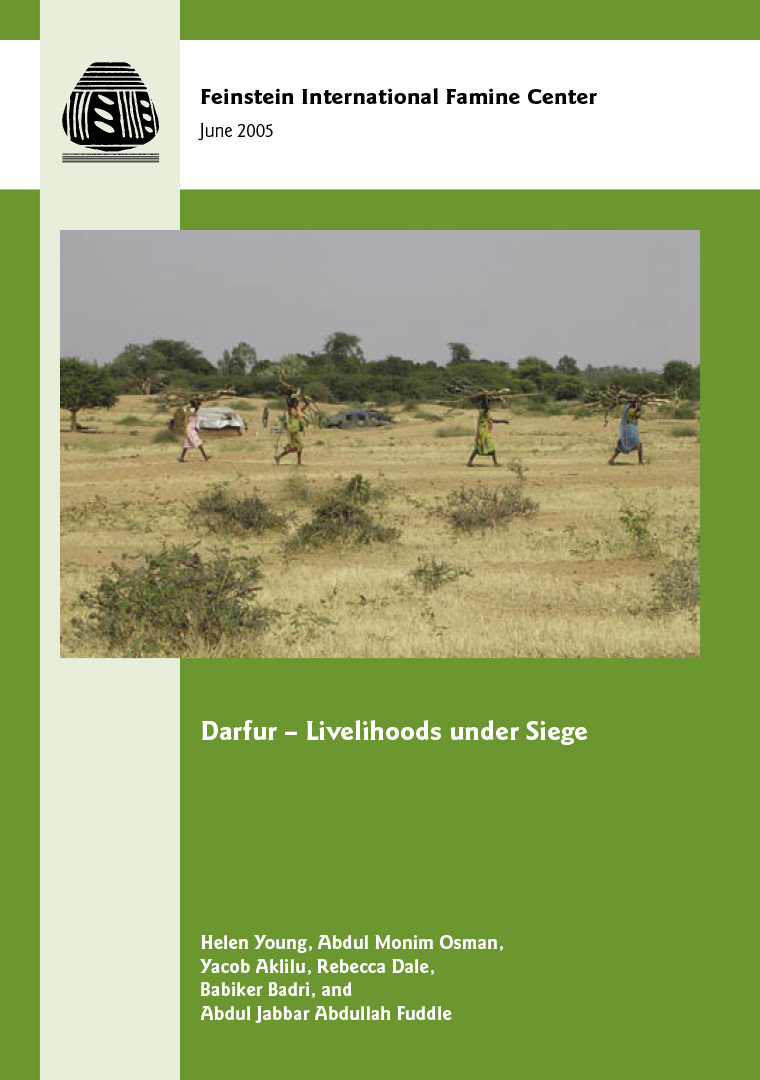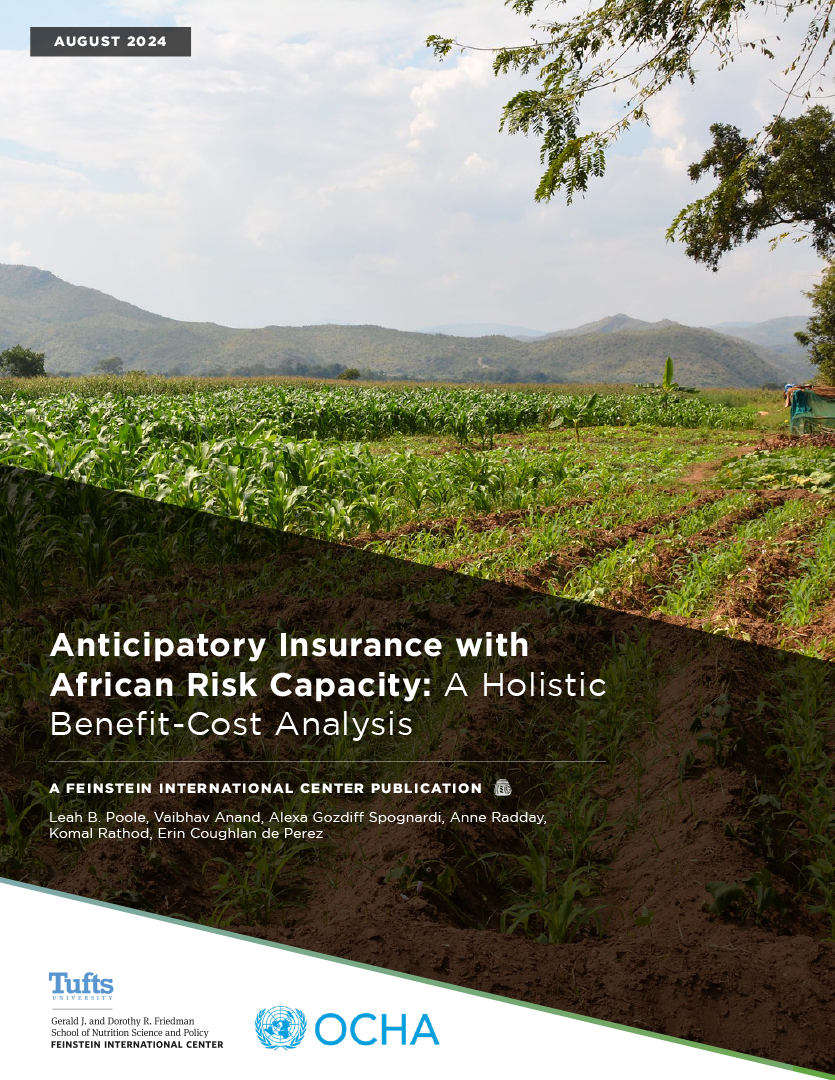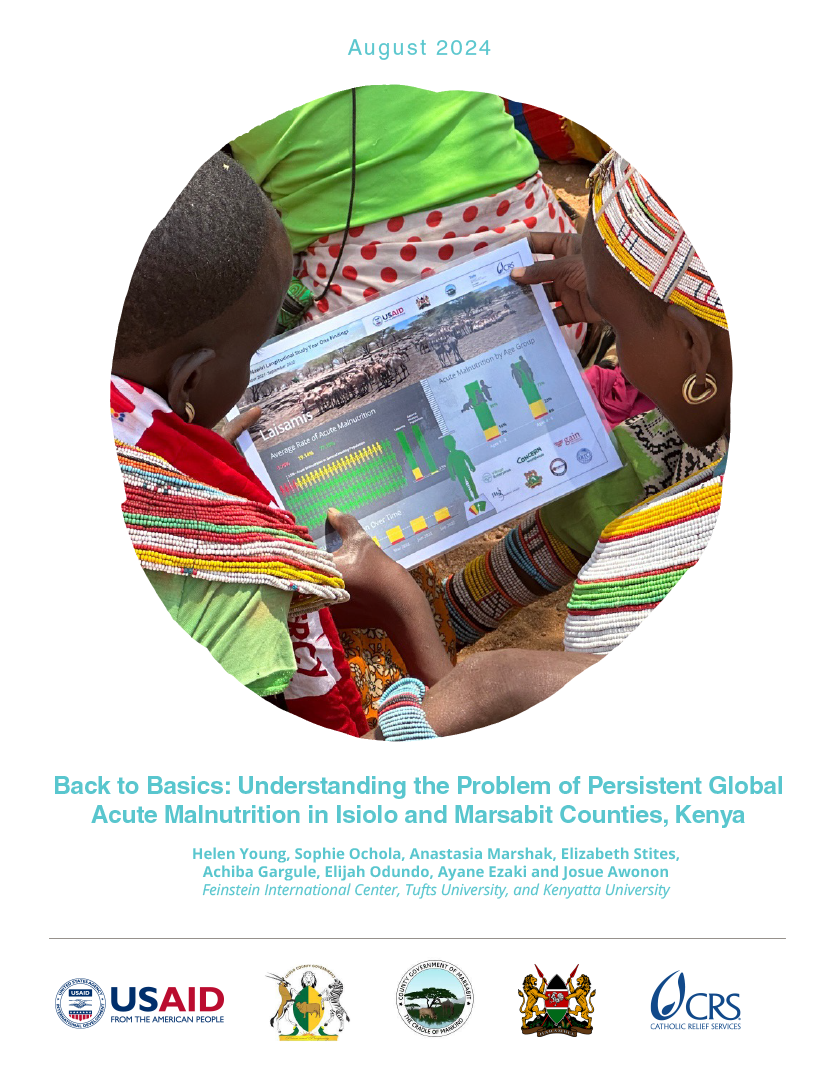It is almost two years since the beginning of the rebel insurgency in Darfur, but the conflict continues, the ceasefire has been frequently violated, and the world’s worst humanitarian crisis continues to deepen.
At the last estimate, more than 1.6 million people had been displaced as a result of systematic attacks on villages, with associated violence, killings, burning of homes, looting of livestock, and theft and destruction of material assets.
It does not need research to demonstrate that the conflict in Darfur has destroyed livelihoods.
This study attempts to go beyond the obvious and immediate impacts of the attacks, to consider the medium- and long-term consequences for people’s survival, and their longer-term future. Its purpose is to investigate the effects of the humanitarian crisis on the livelihoods of selected communities in Darfur, in order to help refine strategic humanitarian interventions.
It pays particular attention to the impact on remittances sent back to Darfur by migrant workers in Libya, and in Khartoum and Gederaf in Sudan; and also to the role of livestock production and livestock trade between Darfur and Libya, and between Darfur and Khartoum. It takes a strategic, long-term view of how the conflict is affecting Darfur, beyond the initial shock and the immediate needs of internally displaced persons (IDPs).







